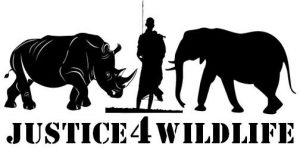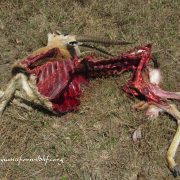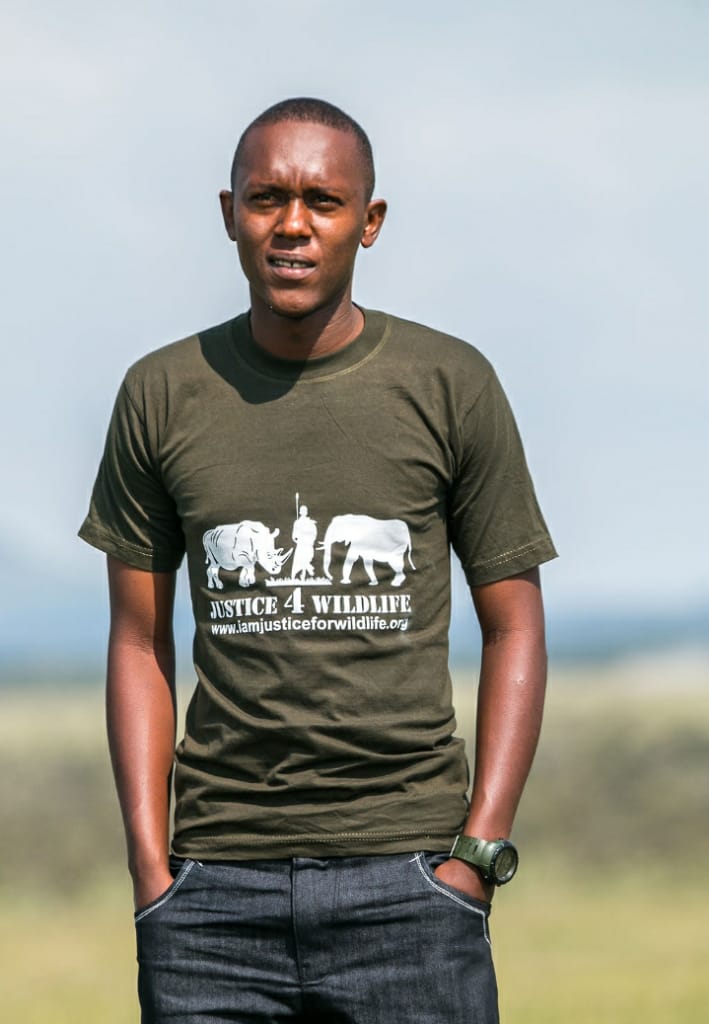As a wildlife officer, one of the skills I have realised one has to have in his fingertips is the identification of predators responsible for kills be it in the bush “my office” or while responding to Problematic Animal Control (PAC), these skills come in handy when identifying the predator responsible for the kill so as to come up with the ideal solution for the specific animal.
A basic autopsy of the animals killed i.e shoats or cattle can reveal so much; dies the animal have a bite mark on the neck, was it constricted, which parts have been bitten off and how many of them have been killed can be key to identifying the culprit (predator) of which the most common are; Spotted Hyena, Leopard, Lions and wild dogs among other small carnivores.
For understanding the impact of predators on prey species, it is obviously necessary to know about their feeding: what prey species are they killing? What proportion of them do they take? What age, sex, and condition are these prey? And how do they compare in number and age–sex distribution with the live prey population?
It must be remembered that most predators are extremely flexible in what they eat. Their diet certainly varies from place to place, depending partly, of course, on what prey species are present in different areas. For the same reason, the diet may vary with season as the prey species present change. Even if the numbers of different prey species in an area do not alter, there may be differences·in their catchability, due behaviour of the prey.
It is extremely difficult to say what proportion of prey animals are truly “available” to the predators. And there are certainly differences between individual predators in the prey animals they take.
Kills can be examined by waiting until the predator has finished feeding, or if this is impossible (e.g. because of lack of time, or because a small prey animal is likely to be totally consumed) by temporarily driving it from its kill. Predators can usually be made to withdraw by driving slowly towards them and separating them from their kill which can then be observed from close range. Although most predators will flee from a human on foot, this method disturbs them considerably, and they may not then return to their kill.
“For most of history, man has had to fight nature to survive. In this century he has to realize that in order to survive he has to protect it.” Jacques-Yves Cousteau Here we celebrate the unsung wildlife heroes in the grassroots doing remarkable work to conserve our wildlife heritage, Get to learn about wildlife from a ranger/ ecologist in Kenya a freelance eco-traveler, experience the diverse cultures and African heritage from the natives and take an adventure to new destinations to learn about rare attractions that are hardly talked about and to top it all up some of the best wildlife photographs that will make you reconnect to your wild side appreciate everything around us and fall in love with the natural world, because “It is not enough to love the natural world; the point is to defend and preserve it.” Edward Abbey
Our wildlife, our responsibility. When it comes to standing up for our wildlife it’s better to be outspoken than unspoken.



